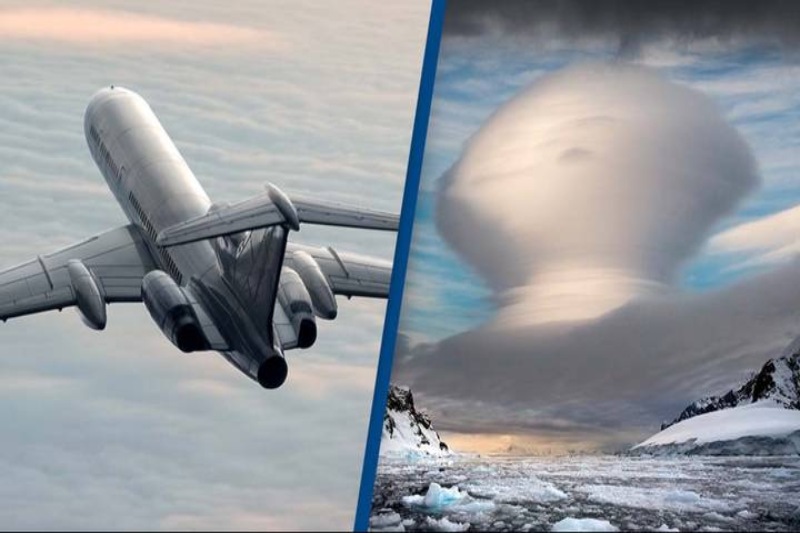NASA Intends to Combat Climate Change by Introducing Millions of Tons of Ice into Earth’s Atmosphere

“Geoengineering” refers to NASA’s concept of introducing millions of tons of ice into Earth’s atmosphere.
A bold strategy to combat climate change by launching ice particles into space has been revealed by NASA scientists.
Using high-altitude aircraft that soars 58,000 feet above the earth—more than 20,000 feet higher than commercial planes—the objective is to spray tons of ice particles into the upper atmosphere, according to Daily Mail.
By freezing water, water vapor would be eliminated before it could be transformed into greenhouse gas emissions, preventing heat from escaping into space and eventually increasing Earth’s temperature.
The ice particles would cause the water to freeze and return to Earth, removing any excess water vapor and drying up the stratosphere—the space where water changes into a gas that retains heat.
The National Oceanic and Atmospheric Administration (Noaa) and NASA worked together to develop the concept.
The idea of desiccating the high atmosphere is the newest development in what some scientists are calling a desperate attempt to stop climate change by changing the planet’s atmosphere or seas.
Known as “geoengineering,” it is usually addressed alongside emission reductions rather than as a replacement for reducing carbon pollution and is often criticized owing to potential negative impacts.
Physicist Joshua Schwarz of Noaa said: “We can’t even put this into practice just yet. This is about determining research directions and investigating potential futures.”
Schwarz drew attention to the fact that the efforts would not offset the impacts of CO2; rather, they would only cool the atmosphere by 1/70th, or the same amount of warmth as it gives.